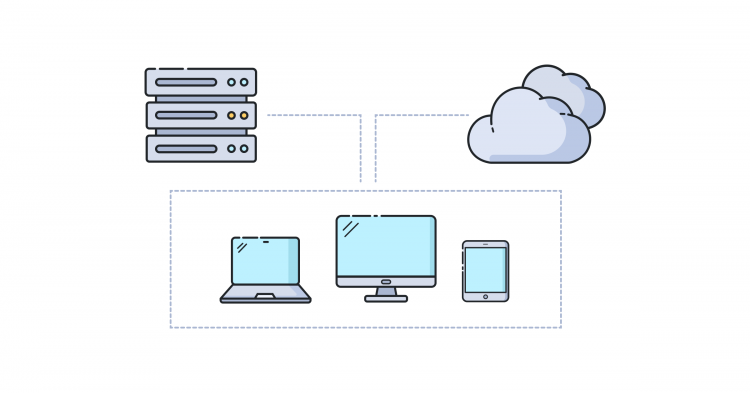Virtual Desktop Infrastructure Market Revenue, Future Trends & Forecast | 2030

Mergers and acquisitions (M&A) have been a powerful and landscape-altering force in the global Virtual Desktop Infrastructure (VDI) market, serving as the primary mechanism for strategic repositioning and the consolidation of the industry's major players. A strategic analysis of the most significant Virtual Desktop Infrastructure Market Mergers & Acquisitions reveals that the key deals have not been about small players being rolled up, but about the very titans of the industry being acquired and merged, often by massive private equity firms or major hardware giants. This M&A activity is a direct reflection of the market's maturation and the immense strategic value placed on owning a foundational platform for the future of end-user computing. The Virtual Desktop Infrastructure Market size is projected to grow USD 57.8 Billion by 2030, exhibiting a CAGR of 18.20% during the forecast period 2025-2030. The market structure we see today, a highly consolidated oligopoly, is the direct result of these transformative, multi-billion-dollar M&A transactions which have fundamentally redrawn the competitive map.
The two most significant M&A events in the history of the VDI market have both happened in recent years and have involved the two long-standing market leaders, Citrix and VMware. First, Citrix was acquired by private equity firms Vista Equity Partners and Evergreen Coast Capital in a massive take-private deal. The strategic rationale was to take the company private, away from the short-term pressures of the public markets, and to merge it with TIBCO Software, another enterprise software company in the PE firms' portfolio. The goal was to combine Citrix's strength in secure remote access and desktop virtualization with TIBCO's strength in data analytics and integration, with the vision of creating a more comprehensive and powerful enterprise infrastructure software company. This deal removed one of the two iconic, independent VDI leaders from the public market and placed it under the control of financial sponsors focused on operational optimization and long-term value creation.
The second, and even more monumental, M&A event was the acquisition of VMware by the semiconductor and enterprise software giant, Broadcom. This was one of the largest technology acquisitions in history. VMware, a leader in both data center virtualization and in the VDI market with its Horizon platform, was acquired by Broadcom as part of a broader strategy to build a massive, comprehensive enterprise infrastructure software business. For the VDI market, this was another massive consolidation event, placing the second of the two major independent VDI players under the umbrella of a much larger and more diversified corporation. The strategic logic for Broadcom is to leverage VMware's massive and "sticky" enterprise customer base and to focus on selling more software and services into that captive audience. These two massive deals, the take-private of Citrix and the acquisition of VMware, have in just a few short years, completely transformed the competitive landscape, ending the era of the independent VDI software giants and ushering in a new era where the future of the technology is controlled by an even smaller and more powerful group of massive corporate and financial entities.
Top Trending Reports -
- Art
- Causes
- Crafts
- Dance
- Drinks
- Film
- Fitness
- Food
- Oyunlar
- Gardening
- Health
- Home
- Literature
- Music
- Networking
- Other
- Party
- Religion
- Shopping
- Sports
- Theater
- Wellness



